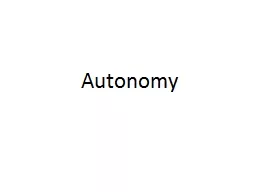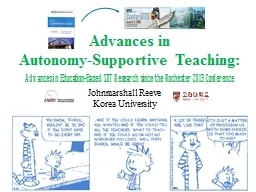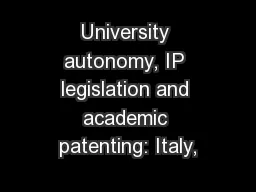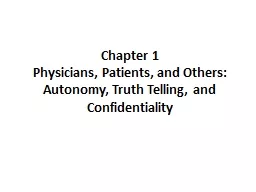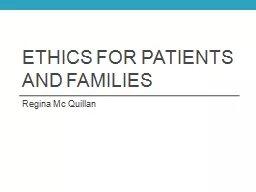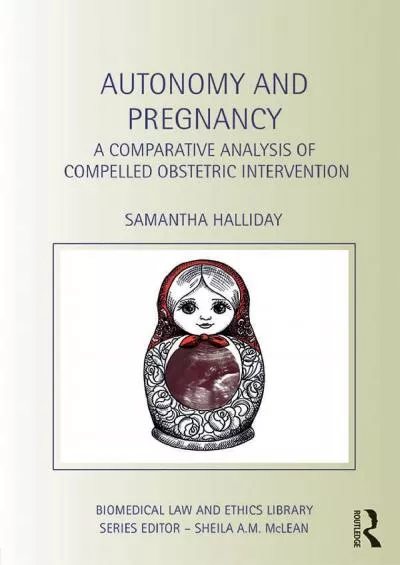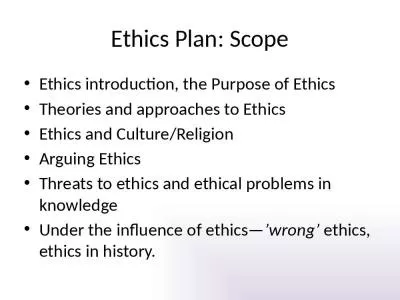PPT-Ethics: Autonomy Matrix Group V
Author : briana-ranney | Published Date : 2018-02-03
Crocodiles FAO http wwwfaoorg THE DEADLIEST ANIMALS IN THE WORLD httpwwwgatesnotescom b y Bill Gates 25 Apr 2014 Inland Taipan The most venomous snake N atural
Presentation Embed Code
Download Presentation
Download Presentation The PPT/PDF document "Ethics: Autonomy Matrix Group V" is the property of its rightful owner. Permission is granted to download and print the materials on this website for personal, non-commercial use only, and to display it on your personal computer provided you do not modify the materials and that you retain all copyright notices contained in the materials. By downloading content from our website, you accept the terms of this agreement.
Ethics: Autonomy Matrix Group V: Transcript
Download Rules Of Document
"Ethics: Autonomy Matrix Group V"The content belongs to its owner. You may download and print it for personal use, without modification, and keep all copyright notices. By downloading, you agree to these terms.
Related Documents



